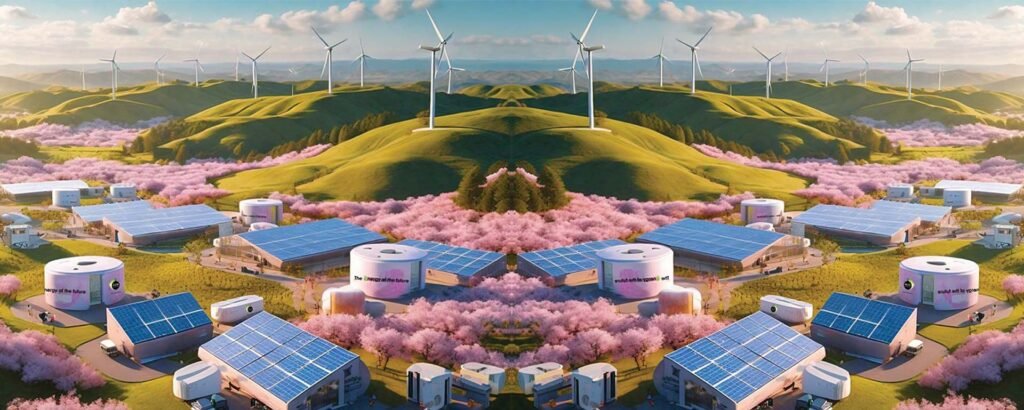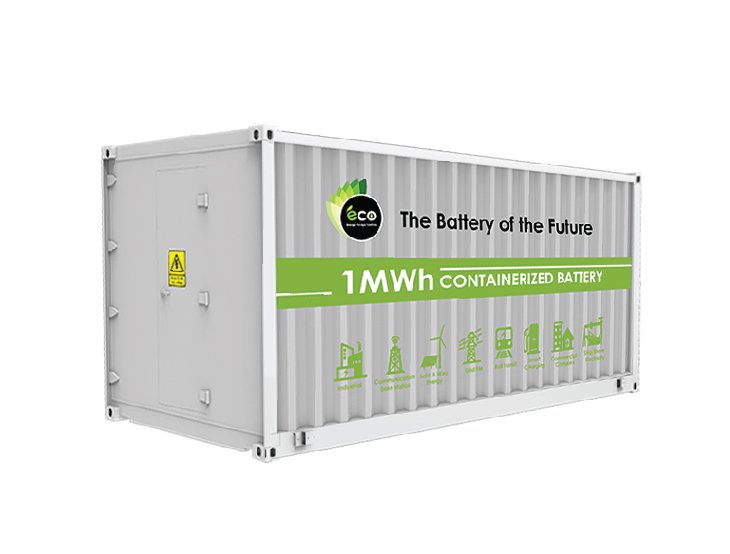 Co2 Emission
Co2 Emission
Sustainability
- 1 February 20211 February 2021
- by Aazib Khan

Energy Storage Solution
At the national level, at least 30 nations around the world already have renewable energy contributing more than 20 percent of energy supply. National renewable energy markets are projected to continue to grow strongly in the coming decade and beyond. At least two countries, Iceland and Norway, generate all their electricity using renewable energy already, and many other countries have the set a goal to reach 100% renewable energy in the future. At least 47 nations around the world already have over 50 percent of electricity from renewable resources. Renewable energy resources exist over wide geographical areas, in contrast to fossil fuels, which are concentrated in a limited number of countries. Rapid deployment of renewable energy and energy efficiency technologies is resulting in significant energy security, climate change mitigation, and economic benefits. In international public opinion surveys there is strong support for promoting renewable sources such as solar power and wind power. Source : Wikipedia
Recent Posts
- New Power System Domination 19 June 2024
- Energy Storage is the Base of Renewable Green Energy 8 July 2023
- China Top 15 Power Battery Companies By The Installed Capacity In April 2023 13 May 2023
- Lithium Battery Industry 5 May 2023
- Future of Lithium Phospate 4 May 2023
Categories
Energy Storage is the Base of Renewable Green Energy
ECO ESS promotes a green future with advanced Lithium Titanite…
China Top 15 Power Battery Companies By The Installed Capacity In April 2023
On May 11th, the China Automotive Power Battery Industry Alliance…






